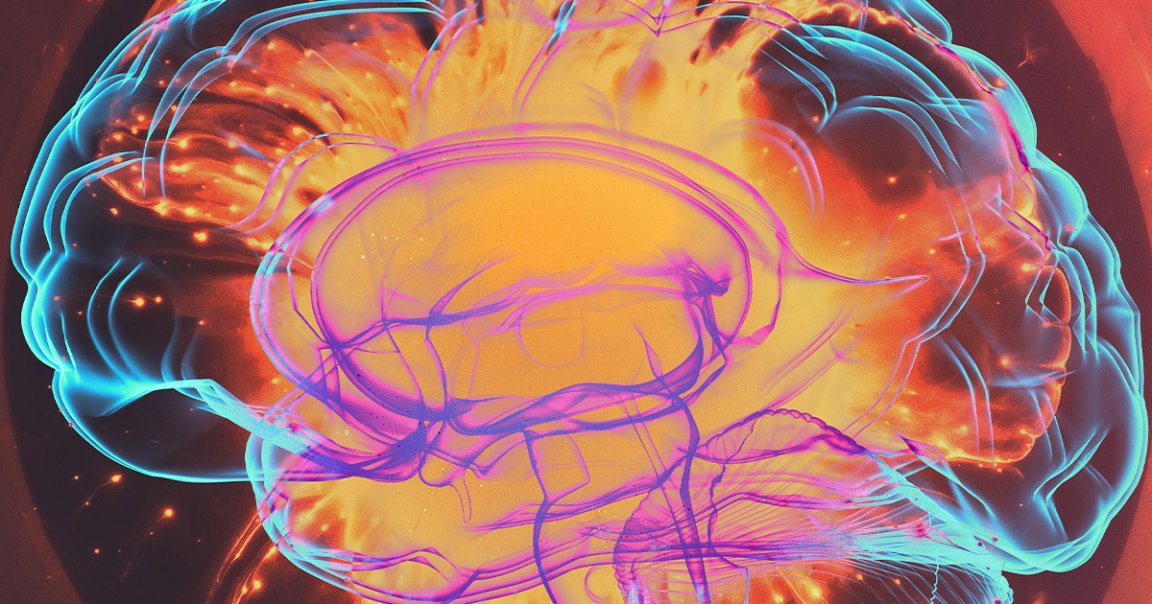
A biologist with the US government’s research and development arm is working on a radical new approach to anti-aging treatments: replacing parts of the human brain with cloned tissues.
As the MIT Technology Review reports, researcher Jean Hébert was recently hired by the US Advanced Projects Agency for Health (ARPA-H) for his revolutionary plan to bring for “functional brain tissue replacement.”
Created in 2022 by President Joe Biden as a medical “moonshot” incubator, ARPA-H is all about funding the kind of “bold, urgent innovation” presented by researchers like Hébert. His brain tissue-cloning theory, however, may be a bit more far-out than the AI schemes and MRI updates being funded by the agency.
While there are already transplants for things like hips and kidneys, the concept of replacing one brain for another is terrifying on an existential level because on a fundamental level, our brains make us who we are.
Hébert’s research, however, is more focused on “progressively” replacing parts of the brain using young, lab-grown tissues. If done slowly enough, the Tech Review explains, the idea is that the brain could adapt by moving around memories and other key identity facets to accommodate its new biological material.
A genetics and neuroscience professor at the Albert Einstein School of Medicine in The Bronx, Hébert has already begun setting the groundwork for his bold theory by removing parts of mice brains and injecting them with what the MIT magazine describes as “slurries of embryonic cells.” While it’s still too soon to tell whether or not this anti-aging moonshot works, it’s certainly provocative.
As outrageous as the idea of replacing brains may seem, the scientist told the Tech Review that when he made his pitch to ARPA-H to fund his research with monkeys and other animals, the agency “didn’t blink” at the $110 million he asked for.
If the brain stuff isn’t wild enough, Hébert has also advocated for so-called “full-body replacement” — attaching your head to a youthful body, basically — and suggested that embryonic cells from fetuses could be used in future anti-aging technologies.
Alongside his study into the brains of mice and monkeys, the 58-year-old scientist told the magazine that his personal work is focused on the neocortex, the Udon-noodle-looking exterior part of the brain that hosts our memories and senses.
To him, the neocortex is “arguably the most important part of who we are as individuals.” To study it, Hébert has been studying the brains of aborted human fetuses between five and eight weeks of age, which could easily become a politicized issue á là the stem cell debate of the 2000s should right-wingers get hip to this government-funded scientist’s work.
“What we’re engineering is a fetal-like neocortical tissue that has all the cell types and structure needed to develop into normal tissue on its own,” he said of the research, which has been funded in part by a New York State grant and also by a “brain engineering” startup called BE Therapeutics.
With his hiring at ARPA-H necessitating the closure of his lab at the Albert Einstein campus, Hébert isn’t sure what the future of the more controversial side of his work will entail, but he’s optimistic regardless.
“We’re, you know, a couple steps away from reversing brain aging,” he told the Tech Review. “A couple of big steps away, I should say.”
More on aging moonshots: Scientists Intrigued by Drug That Extended Lifespans of Mice While Keeping Them Young-Looking